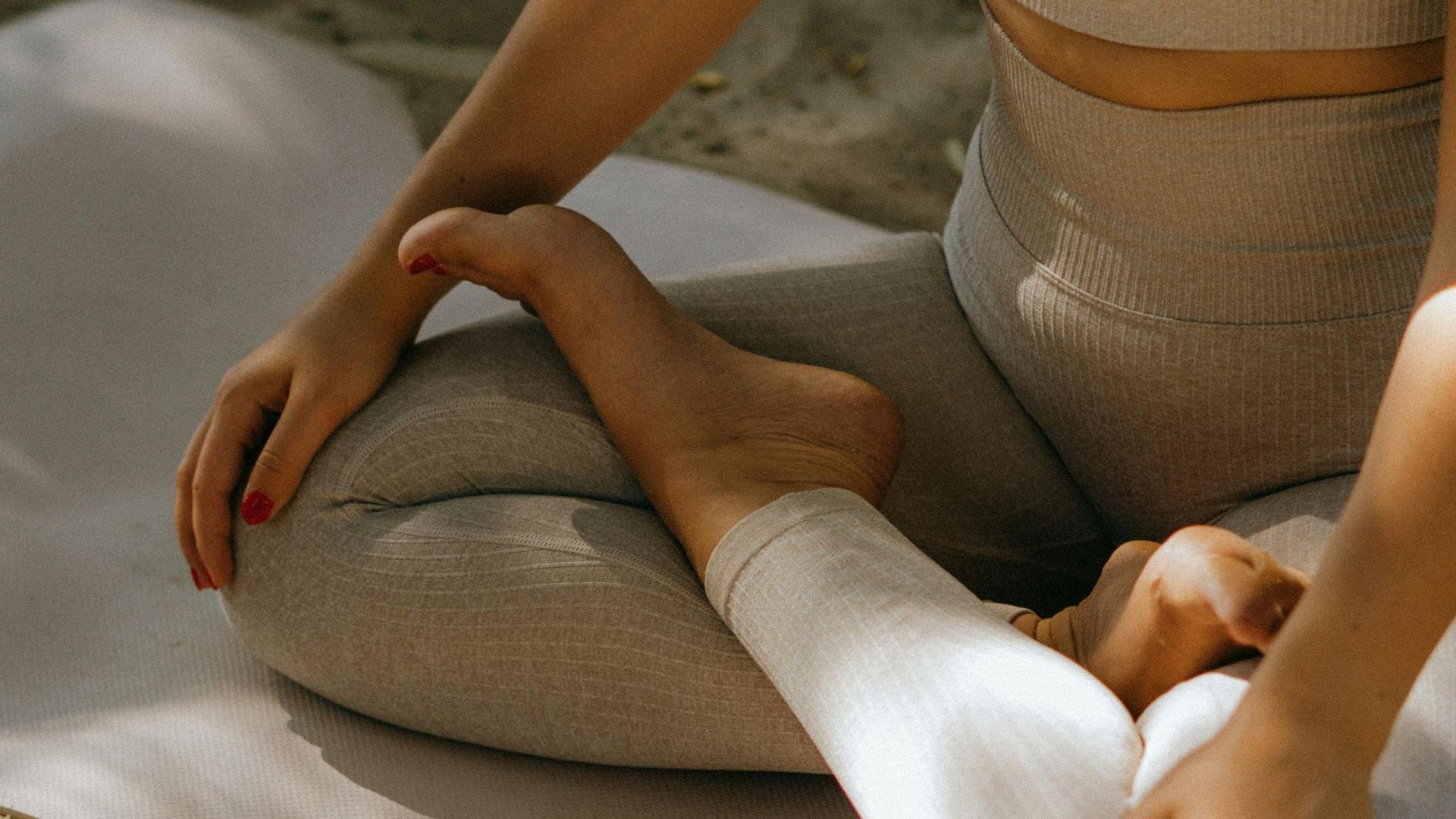



4 Accessible Breathwork Exercises For Beginners (And Everyone Else)
Liz Campbell • July 8, 2024
SubscribeBreathing is at the top of the most vital aspects of our well-being, yet it is often overlooked. It plays a crucial role not only in our physical health, but also in our mental, emotional, and energetic balance.
The beauty of conscious breathing is that it's incredibly simple, entirely free, and it is very effective at enhancing your overall wellness. In this blog post, you will discover four key breathwork exercises that anyone can do, as well as step-by-step guides on how to practice them. These methods are designed to help you reduce stress, improve focus, and create a sense of inner calm, making them invaluable additions to your daily routine.
One thing that I love to remind my students about is while choosing a go-to breathwork technique to keep in their back pocket, it’s important to pick one that is not complicated or too challenging. It should have a sense of ease and flow, and it should never — ever — cause you stress or anxiety. If those feelings arise during your breathwork practice, soften the intensity and come back to a place that feels comfortable.
Breathwork exercises are essential tools that can help us navigate stress, anxiety, and even physical discomfort when utilized properly. They offer a way to ground ourselves, return to the present moment, and feel at peace. I've included a few different breathwork techniques below for you to try, experiment with each of these to see which one resonates best with you.
Some of the exercises follow numerical patterns that I like to refer to as breathing ratios, which act as guidelines for how long each inhale, top hold, exhale, and bottom hold should last. Box Breathing, for example, has a 1:1:1:1 ratio. This means that all four parts to a complete breath cycle are equal in duration. So if you are inhaling for the count of 6, this ratio requires you to match your exhale to that duration, same for retaining your breath at the top and bottom.
In the steps for each of these methods, I will be suggesting numbers for you to start off counting to, but you should experiment to find the numbers that work for you and use those.
Box Breathing
As I mentioned above, this technique has an equal breathing ratio of 1:1:1:1. Box Breathing involves inhaling for a set amount of time, for example let’s say a count of 4, holding the breath for a count of 4, exhaling for a count of 4, and holding again for a count of 4.
If breathing to the count of 4 is way too easy for you, try gently raising the number to 5, 6, 7, 8, etc. until it feels like the perfect amount of time to spend on each of these four actions (especially while holding after the exhale). Once you discover that number, repeat this cycle at least 12 times or set a timer for a few minutes.
Steps for Box Breathing
- Sit or lie down in a comfortable position
- Inhale through your nose for a count of 4
- Hold for a count of 4
- Exhale through your nose for a count of 4
- Hold for a count of 4
- Repeat steps 2-5 for at least twelve cycles or a few minutes
Box Breathing is a wonderful starting point because it’s structured and easy to remember. It can help calm your mind and reduce stress quickly. Plus, it's versatile—you can practice it almost anywhere, whether you’re at work, home, or even sitting in the car (as long as you’re not driving!).
Rectangular Breathing
This is simply a modified version of Box Breathing that includes shorter holds, so instead of 1:1:1:1, the breathing ratio for Rectangular Breathing is 2:1:2:1. To practice this, inhale deeply through your nose for a count of 8, hold for a count of 4, exhale slowly for a count of 8, and then hold again for the count of 4. If 8 counts is too long for you, try 6:3:6:3 and see how that feels. As always, meet yourself where you are.
Steps for Rectangular Breathing
- Sit or lie down in a comfortable position
- Inhale deeply through your nose for a count of 8
- Hold for a count of 4
- Exhale slowly through your nose for a count of 8
- Hold for a count of 4
- Repeat steps 2-5 for at least twelve cycles or a few minutes
Rectangular Breathing can be a gentler option if holding your breath for equal lengths feels too intense. It’s a great alternative that still offers the benefits of focused, rhythmic breathing.
4:7:8 Breathing
4:7:8 Breathing is literally named after the ratio it employs. This is a simple yet powerful technique designed to help you relax. It involves inhaling through your nose for a count of 4, holding for a count of 7, and then exhaling completely through your mouth with a whooshing sound for a count of 8 (with no hold at the end).
This method is particularly effective for easing anxiety and promoting sleep, as it activates the parasympathetic nervous system, which helps calm the mind and body. Practicing 4:7:8 Breathing can significantly reduce stress levels and improve emotional regulation, making it an excellent tool for anyone seeking to manage anxiety, improve sleep quality, or find a quick way to relax and center yourself during a busy day.
Steps for 4:7:8 Breathing
- Sit or lie down in a comfortable position
- Close your eyes and inhale through your nose for a count of 4
- Hold for a count of 7
- Exhale completely through your mouth, making a whooshing sound, for a count of 8
- Repeat this cycle eleven more times for a total of twelve breaths
The 4:7:8 breathing ratio supports the relaxation response by doubling the length of the exhalation, which slows the heart rate, and also by breathing out of the mouth, which can help take you out of a fight or flight response.
Three-Part Breath
Three-part breath is a deeply grounding and calming exercise that can help you develop a more wholesome connection with your breath. This is a style of breathing that I personally use and guide my students through during asana. It encourages full, deep breathing which can enhance your practice by increasing oxygen flow to your muscles and promoting greater endurance. Additionally, it helps you maintain a steady and focused mind, making it easier to stay present and mindful throughout your asana practice.
Steps for Three-Part Breath
- Find a comfortable seated or lying down position
- Place one hand on your belly and the other on your chest
- Inhale deeply through your nose, first filling your lower belly, then your ribcage, and finally your upper chest
- Exhale slowly through your nose, releasing the breath from your upper chest, then your ribcage, and finally your lower belly
- Continue these steps for several minutes, allowing each breath to flow smoothly and completely
Three-part Breath can help you refine your breathing pattern, strengthen your diaphragm, expand your lung capacity, and show you whether or not you’re lacking breath awareness. This practice is extremely safe, simple to follow, and it can be incredibly soothing, especially during stressful moments.
Final Thoughts
Breathwork exercises are a gift you can give yourself anyplace and anytime. As you explore these simple yet transformative methods for enhancing your well-being, remember to be patient with yourself. Like any new skill, they may take a bit of practice to feel natural, but with time and consistency, they can become invaluable allies in your journey toward greater health, peace, and resilience.




